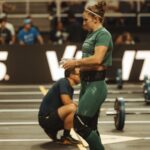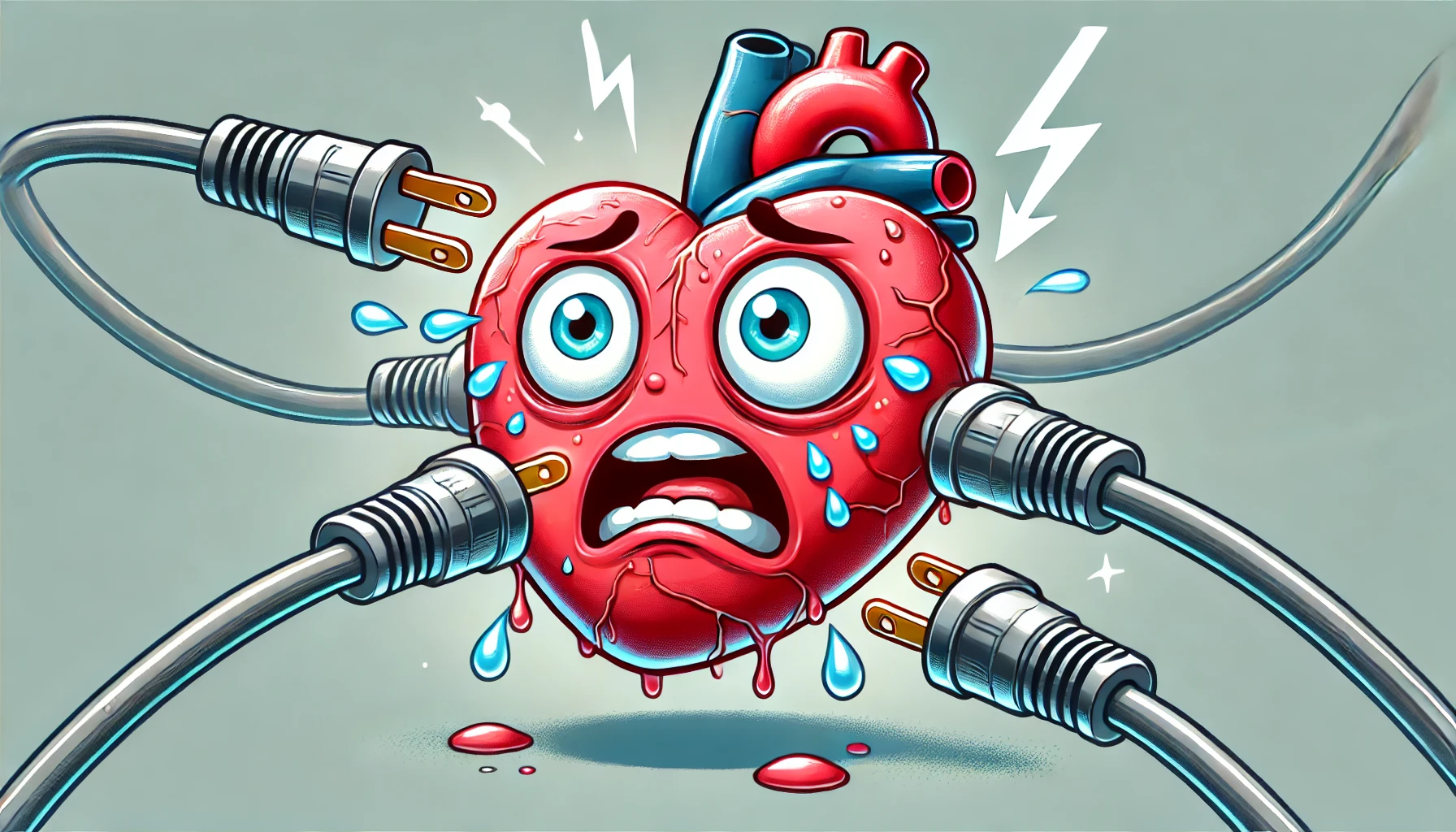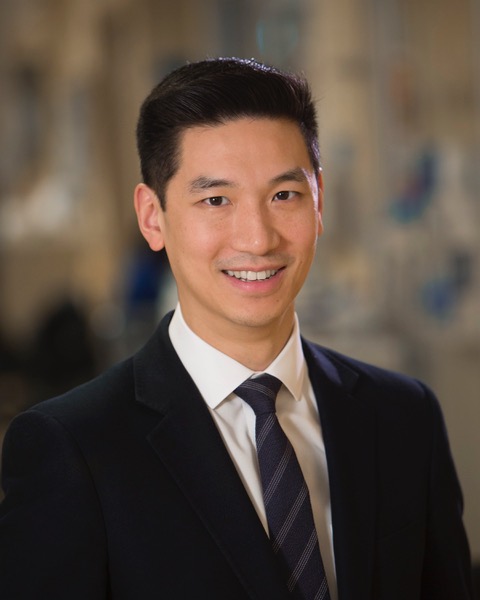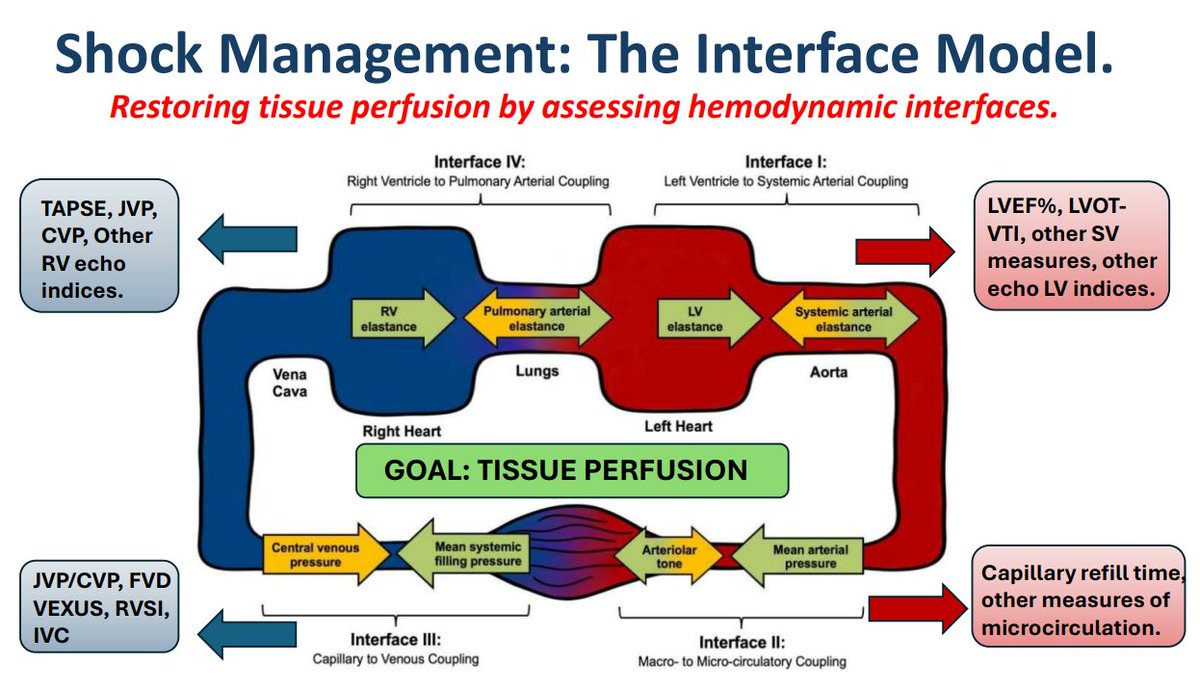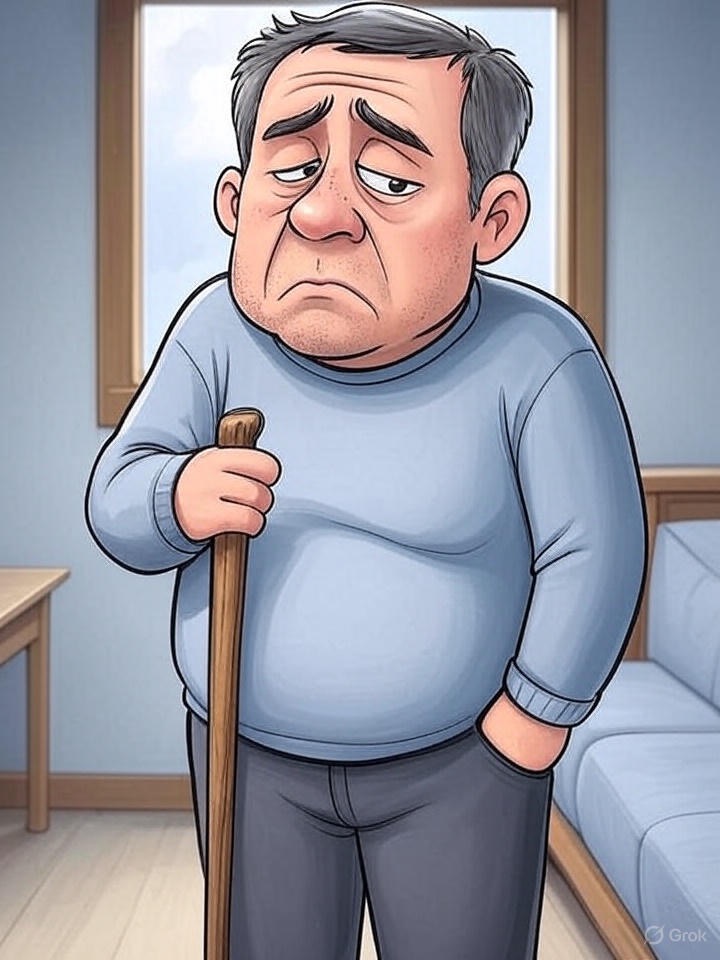Today on EMCrit, I am joined by Sheldon Cheskes (Lead Author of the DoseVF trial) to discuss all things defibrillation.
Sheldon Cheskes, MD
@DrCheskes
- Professor, Emergency Medicine, Family and Community Medicine, Faculty of Medicine, University of Toronto, Ontario, Canada
-
Scientist, Keenan Research Institute, Li Ka Shing Knowledge Institute, St. Michael’s Hospital
-
Medical Director, Regions of Halton and Peel, Sunnybrook Centre for Prehospital Medicine, Sunnybrook Health Sciences Centre
Conflict of Interest
Dr. Cheskes has COI: he is on the speakers’ bureau of Zoll, received a Zoll Medical Honorarium for CPR Quality and Ventilation during Cardiac Arrest, and received grant funding for studies from Laerdal and Zoll. As such, we will not offer CME for this episode and will make up for it in a subsequent episode.
What We Spoke About…
- Research and clinical teaching in this area has consistently been hindered by poor descriptive terms. Let’s nail the terminology–refractory=electrical storm, recurrent if you shock them, they go to PEA/Sinus or asytole and they pop right back into VF. Dose-VF was only studying Refractory, but it seems even in the refractory group there were really 2 groups, true refractory and recurrent that came out of VF just briefly so the operators did not discern it as recurrent. Do you have better words for all of this?
- See through
- AHA get back on the chest–we really don’t know. Shock earlier. stacked shocks?
- Change in impedance is the mechanism of VC?? Coverage of every myocyte in DSD? AP is a better vector. Drop in impedance.
- AP is better than AL in terms of current delivered to the heart
- Vector Change only works by chnaging to the superior pad position
- Vector Change is gone
- Why are we not pushing on the pads?
- Mechanism of DSD homogenous shock, leave no residual VF
- Mech cpr timing of down beat
- AEDs were sometimes used in the trial, AEDs have a horrible period of hands-off, would the results be even better with only manual?
- Initial Pad Position in 2025. Posterior Pad and mechanical support backboard
- In 2025, would you still wait till the 4th shock until we change something?
- Vector change seems markedly less effective, should we ever be doing that if we have 2 machines. You mentioned you would actually study this in Dose-VF2–why???
- You said in your lecture that you didn’t blow any of the machines up, but that is less my fear than the situation in the Resuscitation case report, a machine that looked fine, tested fine on daily check, but was not actually providing in-spec shocks when actually used after exposure to DSD. Is this a real fear?
- Baffling that the manufacturers are upset, as your study is going to be worth millions in revenue. When will the manufacturers have machines made for dual-sequential?
- In the Dose-VF you waited 1 second, should people be doing that still?
- Not really simultaneous, but we can get closer
- Does the 360J matter?
- Will they actually be simultaneous at that point
- Should we still be giving non-dual shocks
- Secondary analysis shows closer the better, were you worried about your machines?
- Is it worth doing DSD in recurrent? (Mention new paper in the hidden recurrent)
- Not just more effective at getting them out, but more effective at keeping them out?
- DSD reduces the time in VF (intermittent ROSC is game changing)
- DSD vs. ECMO. Do both, intermittent ROSC changes the game
Papers Mentioned in the Podcast
Dr. Cheskes’ Full Lecture on the Dose-VF Trial
from Kongress der Arbeitsgemeinschaft fur Notfallmedizin
Dr. Cheskes’ Site
Additional New Information
More on EMCrit
You Need an EMCrit Membership to see this content. Login here if you already have one.


